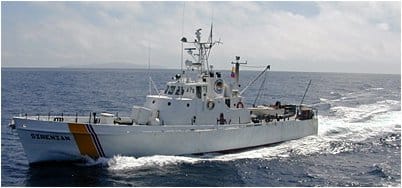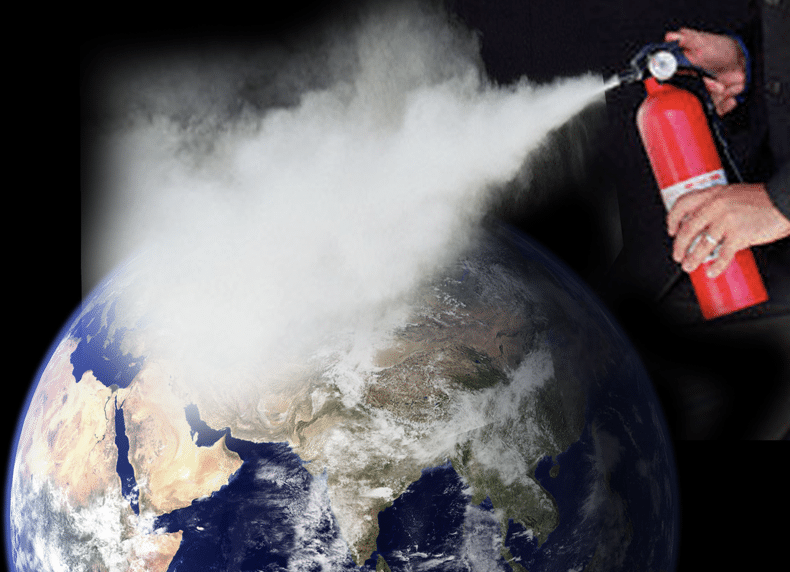Opposition to geoengineering: A timeline
Civil society groups, Indigenous Peoples’ Organisations and a rapidly growing number of academics and researchers have been questioning and opposing geoengineering for almost 20 years. What began as a reaction to technocratic hubris rapidly evolved into worldwide protests against attempts to begin large-scale ocean fertilisation projects, and a crystallisation of civil society opposition, led by the Global South, at the 2010 People’s Summit in Cochabamba.
In this time, the movement to stop geoengineering has scored several major victories against specific geoengineering projects, helped to establish international moratoria at the UN Convention on Biodiversity and the London Convention and built an extensive body of published materials that have consistently anticipated and exposed new geoengineering techniques as false solutions.
June 2024

The City of Alameda City Council votes unanimously to call off the University of Washington’s Marine Cloud Brightening Project (MCBP), which had been conducting an early-stage geoengineering experiment off the coast of California.
Over 100 organisations globally issue a statement on the UN’s World Oceans Day, during the Bonn intersessional climate negotiations (SB60), calling for an end to open-ocean marine geoengineering experiments.
April 2024
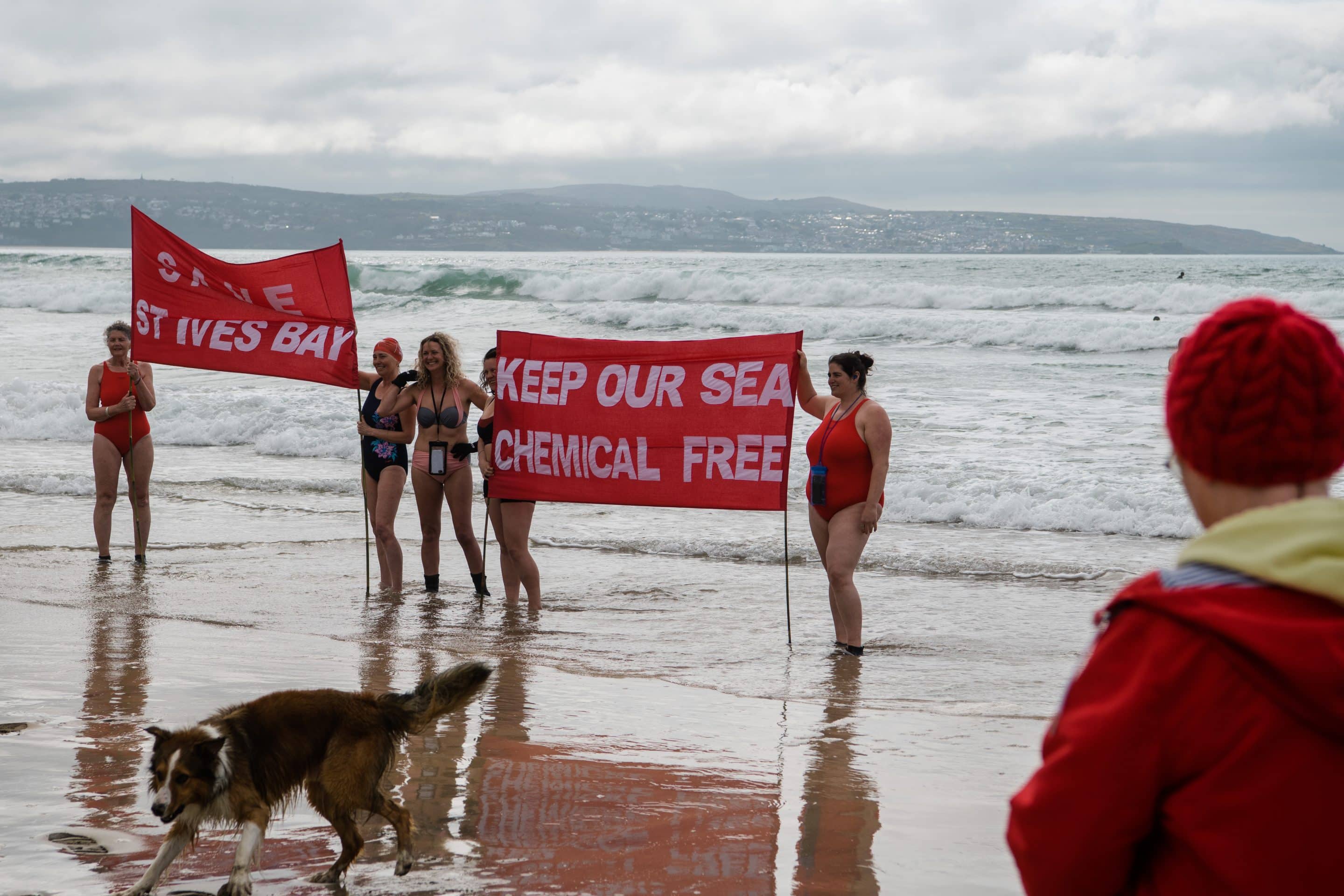
Following an announcement by Planetary Technologies that they are delaying their next planned OAE experiment for a year, the Keep our Sea Chemical Free campaign holds another successful protest in St Ives Bay.
March 2024
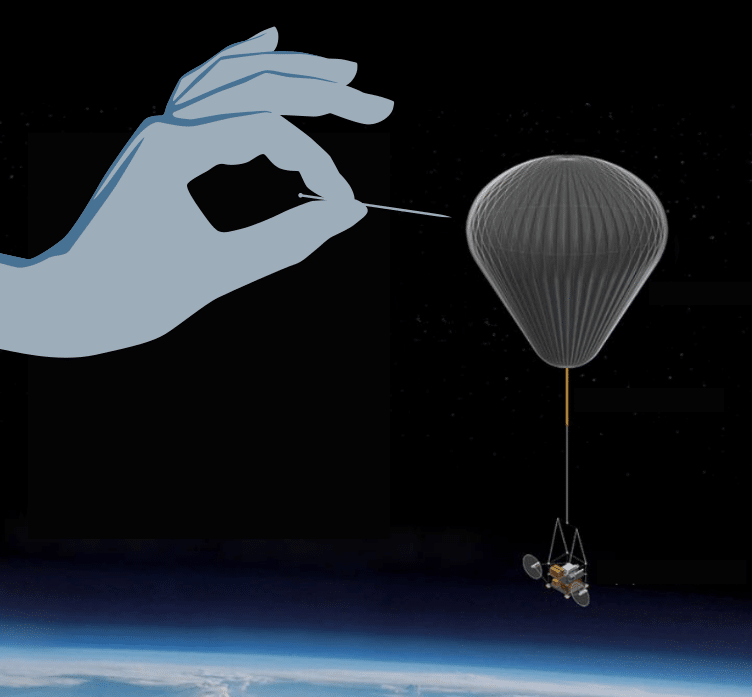
The HOME! Alliance celebrates the cancellation of Harvard University’s Stratospheric Controlled Perturbation Experiment (SCoPEx), following years of international pressure from civil society and Indigenous Peoples’ Organisations.
February 2024
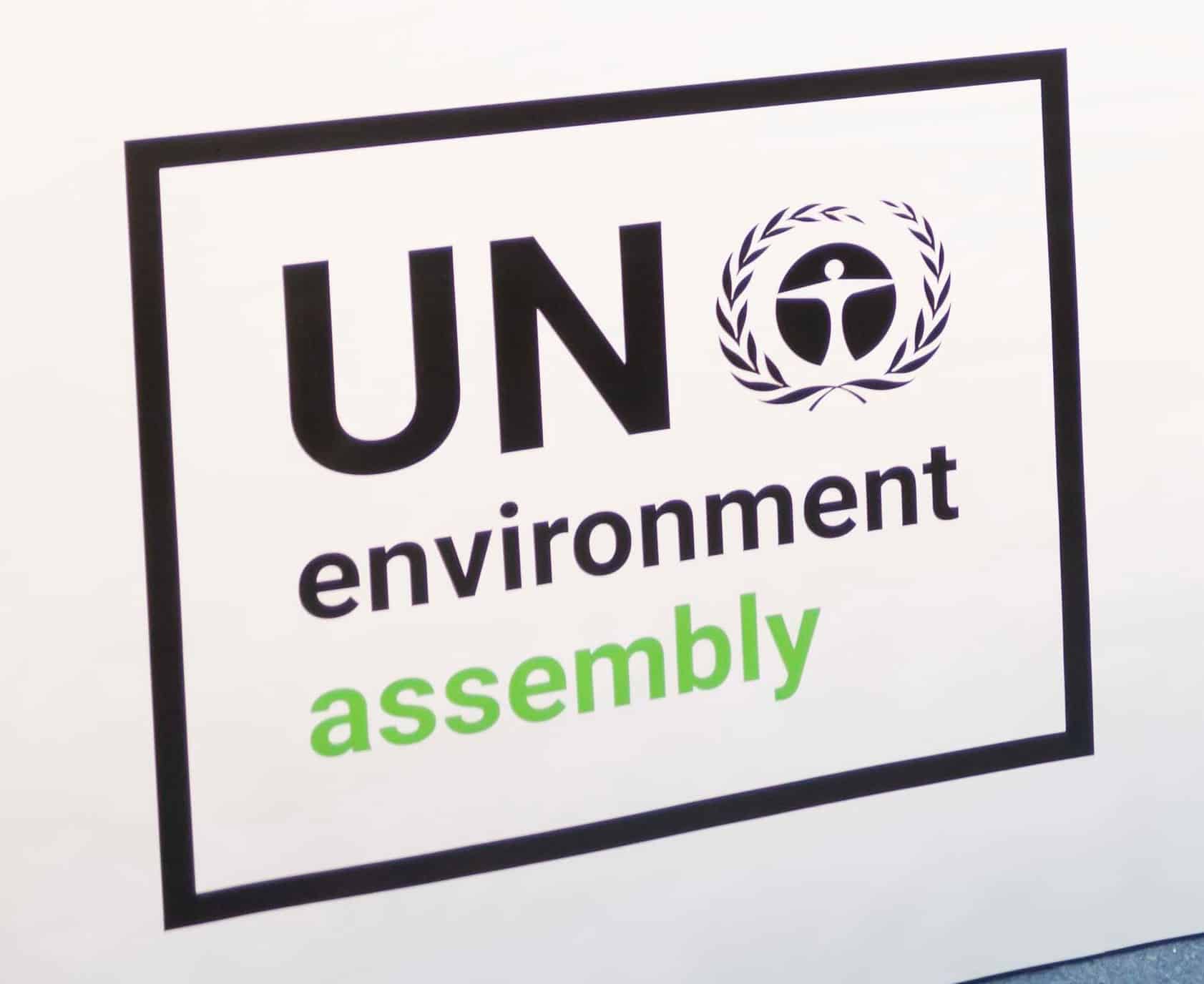
Numerous African countries, along with many others from the Global South, successfully advocate for the sixth session of the United Nations Environment Assembly (UNEA-6) to reaffirm a precautionary approach to geoengineering, and force the withdrawal of a controversial resolution on solar geoengineering.
2024
November 2023
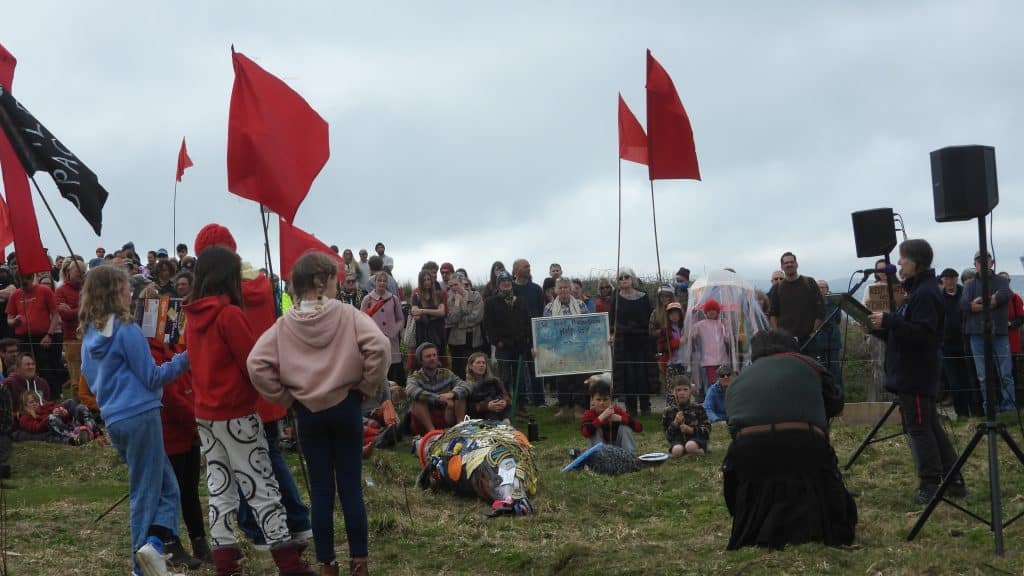
The local community around St Ives Bay in Cornwall, UK, protests against Planetary Technologies’ Ocean Alkalinity Enhancement (OAE) experiments that have taken place and are planned off their coast, demanding that decision-makers “Keep our sea chemical free.”
March 2023
Over 35 African NGOs publish an open letter calling on the African Union to not geoengineer Africa, citing the fact that the false promise of techno-fixes should not provide an excuse for governments particularly in the Global North to avoid deep emissions cuts and continue relying on fossil fuels.
January 2023

Following unauthorised open-air Solar Radiation Modification tests by US start-up Make Sunsets, Mexico upholds the CBD’s hard-won solar geoengineering moratorium by banning geoengineering experiments, setting a global example of precaution.
2023
December 2022
83 national and international organisations from 40 countries release an open letter calling on the parties to the United Nations Conference on Biodiversity (CBD) to say no to geoengineering and yes to protecting biodiversity, the environment, the climate, the rights of Indigenous Peoples and the human rights of local communities.
November 2022
The HOME! Alliance issues a statement on Article 6.4 of the UNFCCC’s Paris Agreement, calling on climate negotiators not to legitimise geoengineering and land-based carbon offsets as mitigation solutions.
May 2022
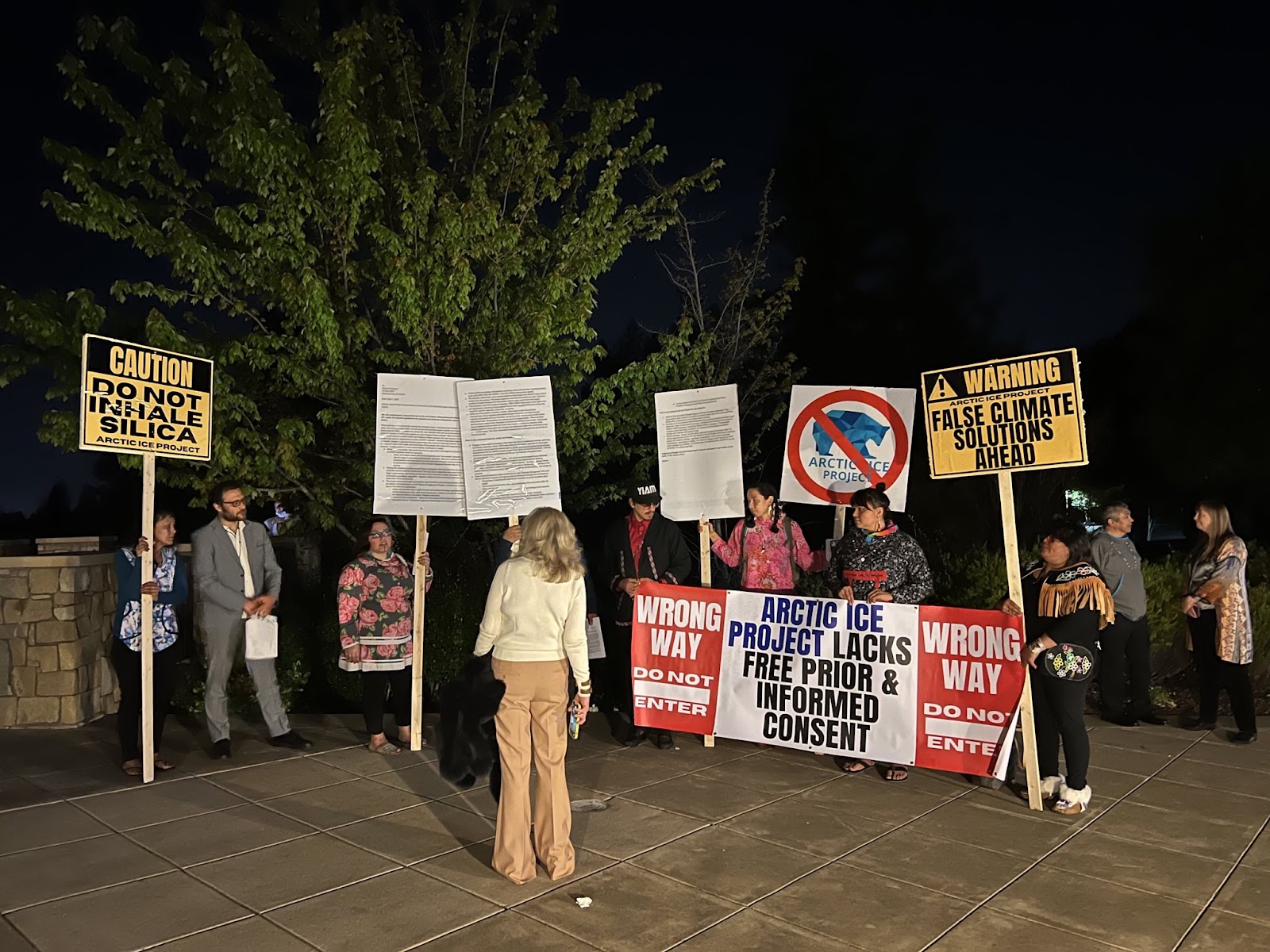
A delegation of Alaska Native Organisations calls on the California-based Arctic Ice Project to cease all research operations in the Arctic. The project aims to make ice more reflective by dumping millions of synthetic glass microbeads onto ice in the Arctic ocean.
January 2022
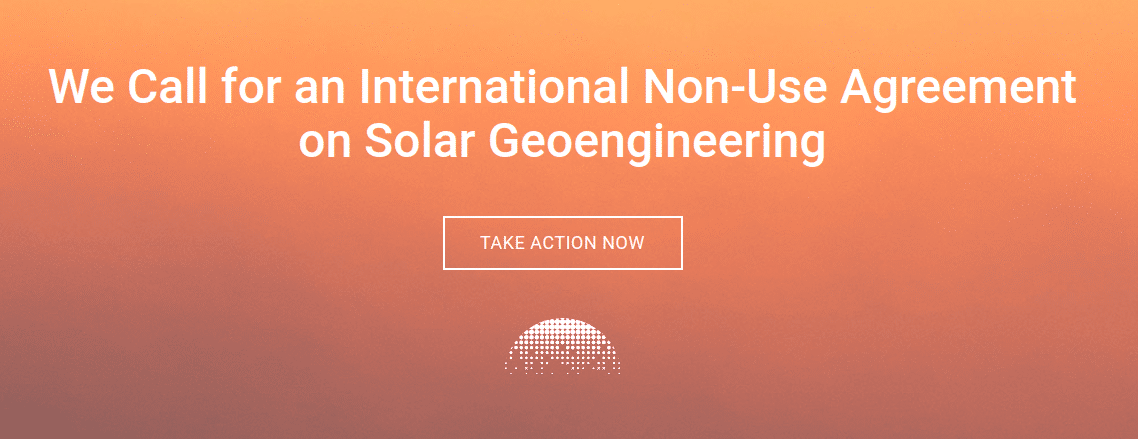
Over 100 scientists, academics and climate experts from around the world issue a call for a non-use agreement on solar geoengineering, arguing that “solar geoengineering deployment at planetary scale cannot be fairly and effectively governed in the current system of international institutions. It also poses unacceptable risk if ever implemented as part of future climate policy. A strong political message from governments, the United Nations and civil society is urgently needed.”
2022
May 2021

Numerous HOME! Alliance members publish Hoodwinked in the Hothouse, a new report that exposes new and alarming false solutions to climate change.
March 2021
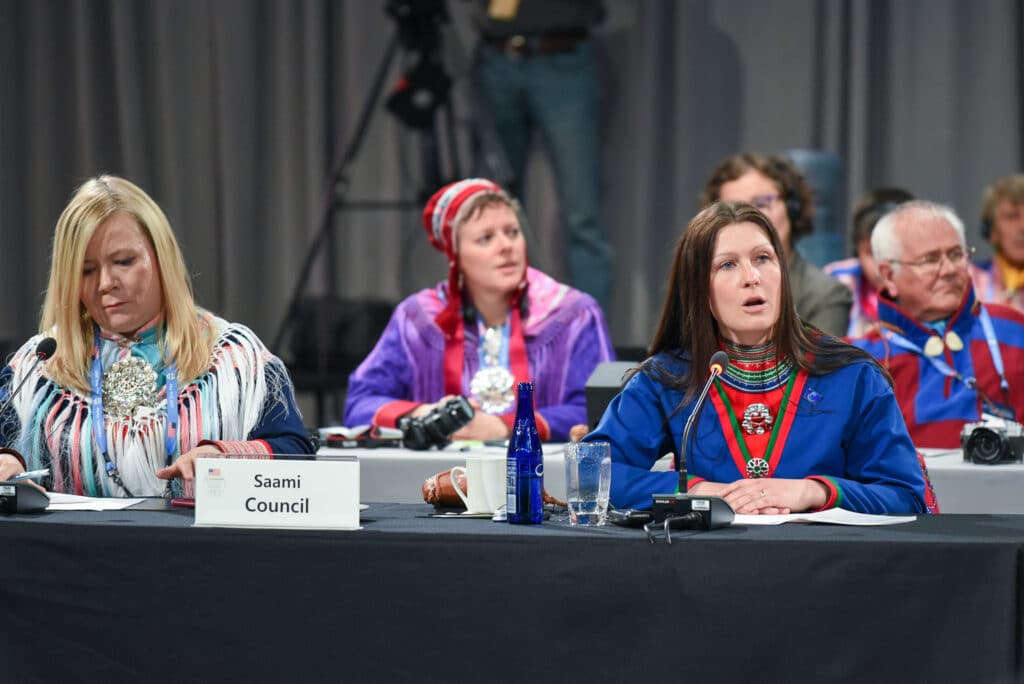
The Saami Council together with Swedish environmental organisations publishes a letter to the SCoPEx Advisory Committee voicing their strong concerns over the project and demanding the cancellation of the planned balloon test flight at the Swedish Space Corporation (Esrange) in Kiruna.
2021
May 2020
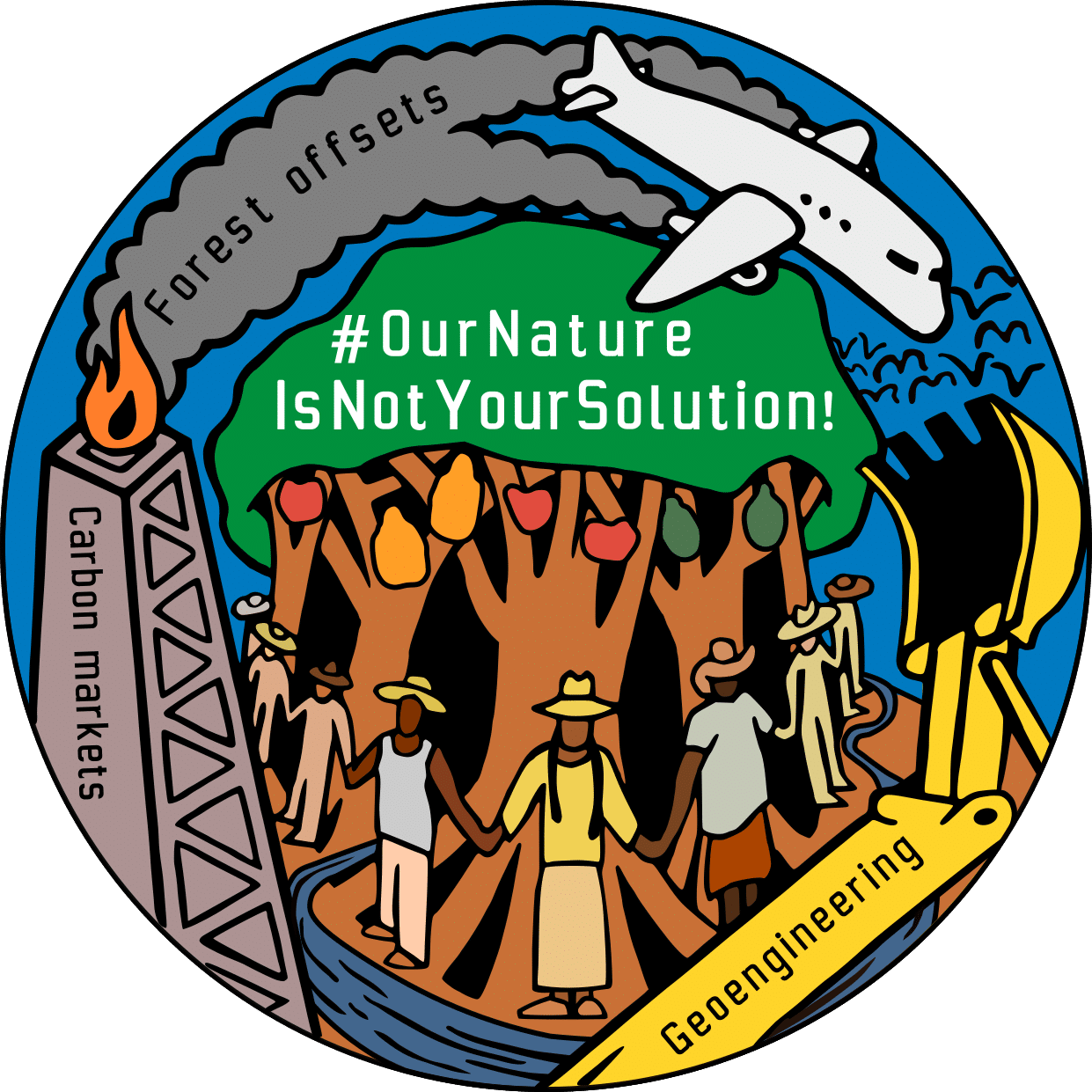
The #OurNatureIsNotYourSolution social media campaign is launched by the Global Forest Coalition and allies on International Day for Biological Diversity, in resistance to geoengineering and other false solutions to climate change and biodiversity loss.
2020
August 2019
40 international CSOs sign an open letter to the Advisory Committee of the Harvard-based SCoPEx project, a project that aims to carry out open-air Stratospheric Aerosol Injection (SAI) experiments in order to advance solar geoengineering technologies.
2019
October 2018
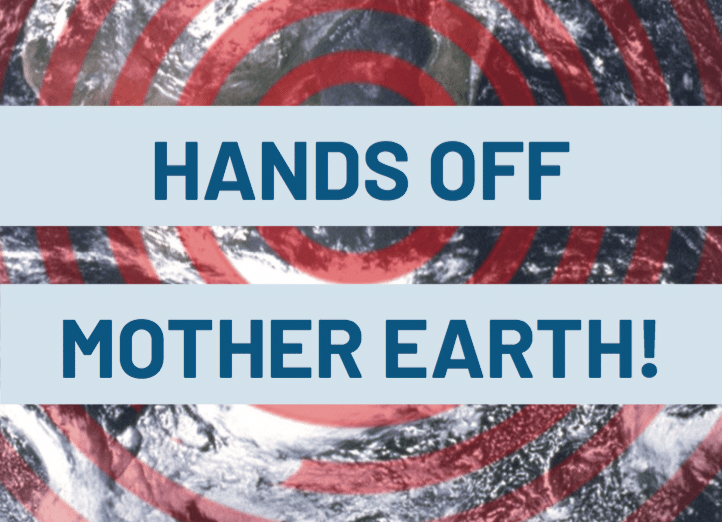
180 civil society organisations and popular movements launch the Hands Off Mother Earth! (HOME!) Manifesto, denouncing geoengineering and demanding an immediate stop to all open-air geoengineering experiments. Signatories to the manifesto form the HOME! Alliance.
2018
December 2017
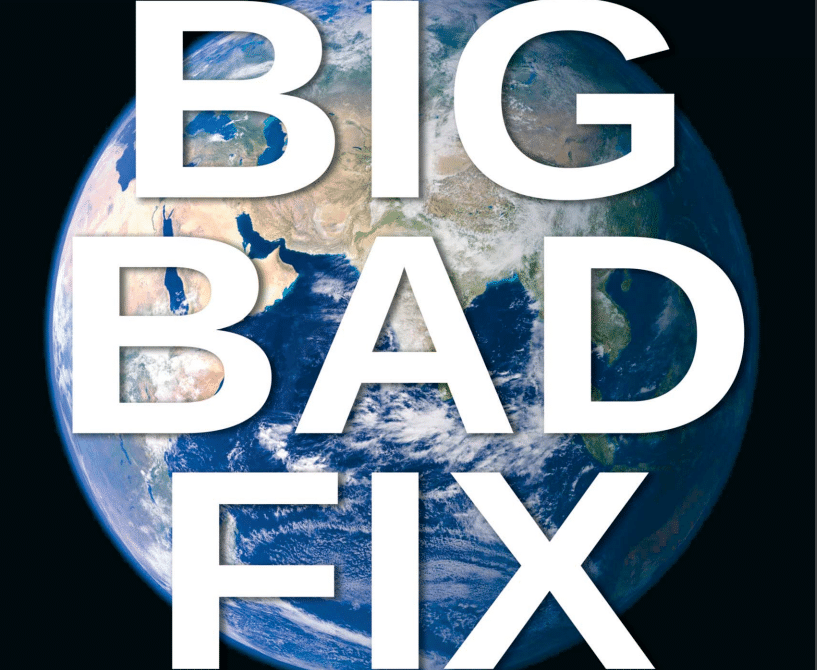
ETC Group, Biofuelwatch and Heinrich Boell Foundation publish The Big Bad Fix, a comprehensive report detailing each of the proposed geoengineering technologies and how they threaten people and ecosystems.
November 2017
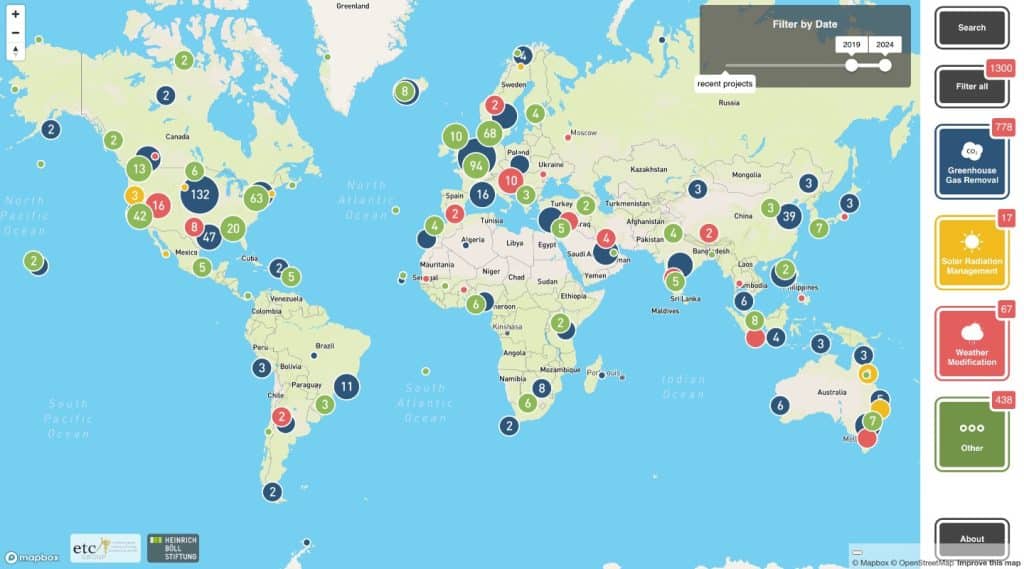
ETC Group and Heinrich Böll Foundation release an interactive world map of geoengineering experiments, featuring over 800 projects covering Carbon Dioxide Removal, Solar Radiation Management, Weather Modification and other approaches.
2017
December 2015
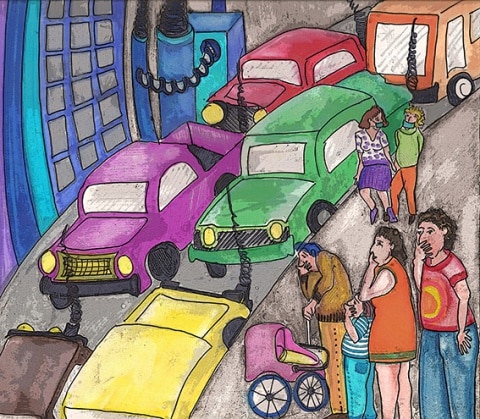
During the COP21 climate talks in Paris, organisations including Biofuelwatch, ETC Group, the Global Forest Coalition and other Climate Space member organisations focus attention on false solutions to the climate crisis such as “negative emissions technologies”, and in particular Bioenergy with Carbon Capture and Storage. Biofuelwatch releases a new, in-depth and critical report into BECCS, “Last-ditch climate solution, or wishful thinking?“, and ETC Group launches “No to 1.5°C with geoengineering!“, an international declaration to reject the outcomes of the Paris Agreement.
2015
October 2012
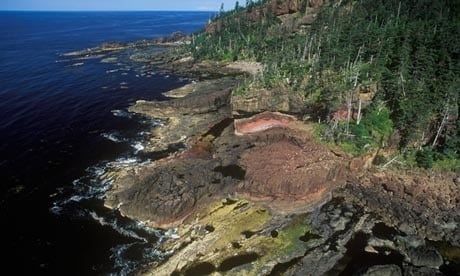
ETC Group uncovers a massive ocean fertilisation scheme underway off the coast of Haida Gwaii. A coalition of civil society groups raise the alarm, including the David Suzuki Foundation, Living Oceans Society, Greenpeace, CBD Alliance, Indigenous Environmental Network, Indigenous Forum on Biodiversity and others.
June 2012
Civil society plays an active role in negotiations and side events at the Rio+20 meetings, including an intervention by Naomi Klein on geoengineering. The conference’s final declaration affirms the CBD’s geoengineering moratorium.
2012
September 2011
Civil society groups launch the “Stop the Trojan Hose” campaign, which is endorsed by 60 civil society organisations and aims to stop the UK-based Stratospheric Particle Injection for Climate Engineering (SPICE) project’s attempts to conduct open-air Solar Radiation Modification research. Three days after the campaign launch, the project is suspended. It is later delayed and finally cancelled.
June 2011
160 civil society organisations sign a letter asking the Intergovernmental Panel on Climate Change (IPCC) to tread carefully with regard to geoengineering.
2011
November 2010
At the Conference of Parties of the UN Convention on Biodiversity in Nagoya, Japan, the assembled delegates agree on a moratorium on geoengineering. Civil society organisations are involved in negotiations and organise side events.
Friends of the Earth (England/Wales/Northern Ireland) releases Negatonnes – an Initial Assessment of the Potential for Negative Emissions Techniques to Contribute Safely and Fairly to Meeting Carbon Budgets in the 21st Century.
June 2010
160 civil society organisations sign a letter asking the Intergovernmental Panel on Climate Change (IPCC) to tread carefully with regard to geoengineering.
April 2010
The World People’s Conference on Climate Change and the Rights of Mother Earth in Bolivia issues the People’s Agreement, denouncing geoengineering as a false solution.
The Hands Off Mother Earth (HOME) campaign against open-air geoengineering experiments launches, with over 100 organisations in support, along with prominent signatories including David Suzuki, Bill McKibben, Naomi Klein, Vandana Shiva, Herman Daly and Wes Jackson.
March 2010
The launch of the Solar Radiation Management Governance Initiative (which later becomes The Degrees Initiative) by the Environmental Defense Fund (US) is heavily criticised for normalising solar geoengineering.
2010
December 2009
Civil society groups hold side events on geoengineering at the Conference of the Parties of the United Nations Framework Convention on Climate Change (UNFCCC) in Copenhagen and at the alternative people’s conference, Klimaforum.
November 2009
ETC Group and Swedish Society for Nature Conservation release Retooling the Planet? Climate Chaos in the Geoengineering Age.
September 2009
Royal Society releases Geoengineering the climate: science, governance and uncertainty with the participation of Biofuelwatch, ETC Group, Greenpeace and other civil society organisations.
May 2009
70 civil society organisations sign on to a statement opposing the privately-organised Asilomar Geoengineering Conference.
April 2009
The Indigenous Peoples’ Global Summit on Climate Change brings together 400 Indigenous People from 80 countries. The resulting “Anchorage Statement” called on States to abandon geoengineering as a false solution.
March 2009
At the World Social Forum in Belem, Brazil, 80 civil society organisations release a statement entitled “The better world we seek is not Geo-engineered,” opposing ocean fertilisation as LOHAFEX continues dumping iron.
Rising Tide North America releases Hoodwinked in the Hothouse: False Solutions to Climate Change.
January 2009
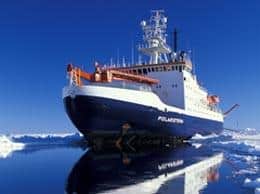
Indo-German research project LOHAFEX sets sail with plans to dump six tonnes of iron into the Southern Ocean. The project is opposed by a broad international coalition, including South African, German, Indian, South American and International Civil Society Organizations, the African Center for Biosafety, WWF, Greenpeace, ETC Group, IUCN, Bund, German NGO Forum, Third World Network, International Collective in Support of Fishworkers and others. Those opposed say it violates the moratorium called for by the Convention on Biodiversity, of which Germany and India are members. Subsequently, the German Environment Ministry calls for the project to be suspended. However, the project (under the authority of the Science Ministry) continues.
2009
November 2008
The United Kingdom House of Commons holds committee hearings on geoengineering, which Greenpeace testifies at.
October 2008
CBD Conference of the Parties in Bonn calls for an ocean fertilisation moratorium after a push by civil society organizations including SEARICE, ETC Group, Econexus, Third World Network, Ecoropa and Biofuelwatch.
February 2008
At the UN Convention on Biodiversity (CBD)’s 13th SBSTTA meeting, ocean fertilisation is put on the agenda for the first time.
2008
November 2007
Australian company Ocean Nourishment Corporation announces plans to dump urea into the Sulu Sea near the Philippines. Philippine civil society groups – including SEARICE, Third World Network, WWF Phil, FIshers groups – mobilise to stop it, while Greenpeace, IUCN and WWF intervene through the London Convention/Protocol.
June 2007
ETC Group and Greenpeace bring the topic of ocean fertilisation to the scientific groups of the London Convention, with supporting letters from World Wildlife Fund and International Union for Conservation of Nature. This initiates the process that leads to the current London Convention/Protocol framework on geoengineering.
Activists hold protests to oppose ocean fertilisation at London Forum meetings.
ETC Group and Greenpeace bring the issue of ocean fertilisation to the UN Convention on Biodiversity’s Subsidiary Body on Scientific, Technical and Technological Advice (SBSTTA) for the first time.
May 2007
Planktos announces plans to dump tonnes of iron filings in the ocean near the Galapagos, and an international coalition forms to oppose the experiment. Accion Ecologica, ETC Group, ICTA, Greenpeace, IUCN, IEN, Carbon Trade Watch, The Durban Group, Sea Shepherd and others take part. International bodies condemn the plan, and Sea Shepherd sends a ship to “intercept” the Planktos ship. The Planktos ship changes course to Spain and the Canary Islands
2007
News related to actions
Plan B? What Happened to Plan A?
Why we shouldn’t fund geoengineering experimentation, and what we still need to learn about the climate by Pat Mooney (ETC Group) The US National Academy of Sciences has released two reports on geoengineering that recommend investments in solar radiation management...
B.C. village’s ocean fertilization experiment probed
Environment Canada investigating after iron-rich dust dumped off coast Fifth Estate (CBC) Environment Canada's enforcement branch has executed search warrants in British Columbia as part of an investigation into a controversial iron-fertilization experiment that took...
Greatest risk of ocean experiment is that it will spawn more
by Dene Moore (Postmedia News) VANCOUVER - A small British Columbia First Nation making waves around the world with a controversial experiment in the Pacific Ocean is on the front lines of climate change, even critics admit. And as the fears of global warming grow,...
